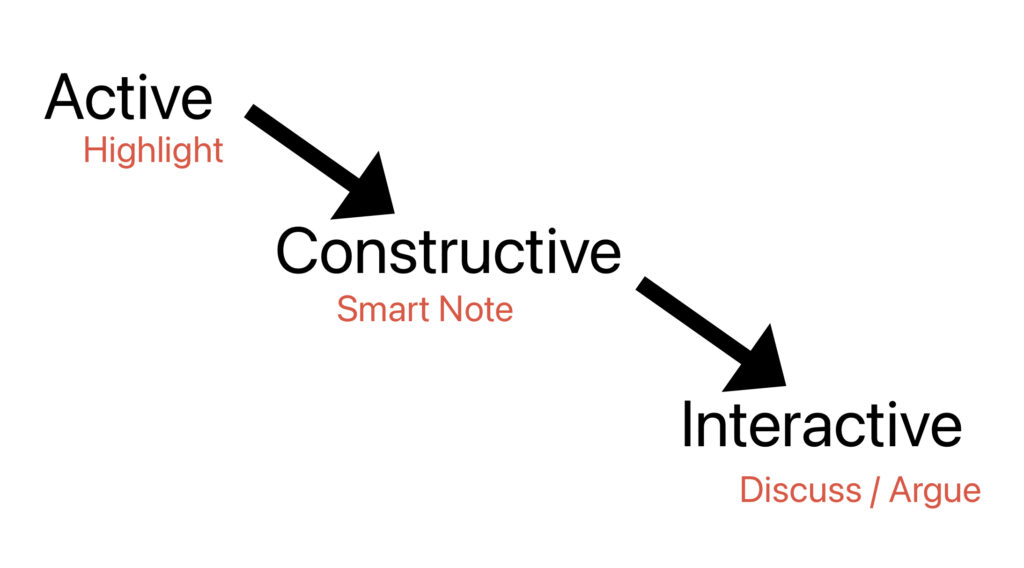I happened on this Medium post describing what the author called the Explanation Effect. The article itself was about strategies we can apply to learn and understand and the explanation effect sounded very similar to what I have previously described as Teaching to Learn. Teaching and even preparing to teach are great generative learning activities as most teachers will tell you. You must understand something to teach it well. The explanation effect implies more than the one-way act of teaching others and might be more accurately described as an educated discussion in which the parties involved share and perhaps even argue about something. Hence there is an exchange of information, accurate or not, about something. The Medium post argued this type of experience is one of the best ways to learn.
Generative learning activities have always been a personal fascination and the explanation effect would be an example. It is an example of an activity in which engagement in an external activity provides a likely way to manipulate important cognitive behaviors involved in retention and understanding. Many of the behaviors learners engage in as study activities are intended as generative activities.
To understand why engaging in tutoring (as a learner) or peer teaching (both parties are really learners) is proposed as a superior generative activity, it might be helpful to consider a hierarchical framework of generative activities proposed by Chi (citation included at end of this post). In this hierarchical framework, higher-level activities integrate lower-level activities and as one advances through the hierarchy it is proposed that activities at that level are more productive. In the following image, I have identified the stages of this framework and added an example of each level I assume would be familiar to most educators.

Smart notes require that a learner summarize and extend an input with personal insights or examples. So, a student might highlight a concept in a textbook (active) and then construct a note that summarizes what was highlighted as the learner understands it based on existing knowledge and perhaps include an example. Hence, additional cognitive activities would be included in the construction of a note. It is important to recognize that an activity (e.g., creating a note) may or may not involve productive cognitive behaviors (e.g., copying the text into a notebook) or may involve other cognitive activities leading to even more enhanced understanding and application. As an educational device, external activities are assigned with the expectation that the use of the activity will be productive, but the cognitive connections are always under the control of the learner.
I like to describe interactive activities as involving secondary inputs. If students discuss or argue about concepts from a book, the information in the book is the original input, but the comments from a peer or a tutor are a second input. The second input may add something new for the learner to add to an existing understanding or challenge the understanding the student has originally generated and now force a reconsideration and possible modification.
Chi and others have engaged in research to justify the proposed advantages I have described here. When researchers offer insights that hopefully will influence practice, the impact tends to depend on how practitioners translate general recommendations and how practical it seems it would be to come up with activities matched to these insights. I think educators understand practices such as guided discussion or issue debates and I hope the way in which I have explained the benefits of seeking activities at the constructive and interactive levels of Chi’s framework is persuasive
Chi, M. T. (2009). Active?constructive?interactive: A conceptual framework for differentiating learning activities. Topics in cognitive science, 1(1), 73-105.
Chi, M. T., & Wylie, R. (2014). The ICAP framework: Linking cognitive engagement to active learning outcomes. Educational psychologist, 49(4), 219-243.
![]()
You must be logged in to post a comment.